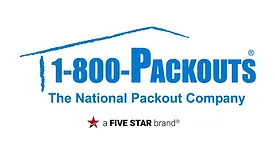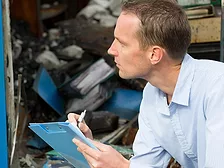Home » Keywords: » employee wellness
Items Tagged with 'employee wellness'
ARTICLES
1-800-Packouts announces new partnership with ScreeningOne®
1-800-Packouts partners with ScreeningOne® to enhance employee screening and customer trust
October 6, 2025
Your Most Valuable Asset Isn’t Equipment, It’s Your People
In our industry, our greatest asset isn’t our gear or equipment, it’s the people who power our businesses every day
Read More
Prioritizing Mental Health During Catastrophe Seasons
Mental Health and Preparedness: Essential Tips for Fire and Hurricane Seasons
Read More
Trade Talks: Unlocking The Experience
From Passion to Profession: Helios Group Discusses Benefits for Restoration Technicians
Read MoreNews Headlines
Weather and Sun Protection Gear Announced
Outdoor Workers’ Protection Against Sun Exposure
April 15, 2024
Restorers, Check On Your Strong Friends!
How Restoration Contractors Can Care for Employees’ Mental Health
Read More
Stay ahead of the curve with our eNewsletters.
Get the latest industry updates tailored your way.
JOIN TODAY!Copyright ©2025. All Rights Reserved BNP Media.
Design, CMS, Hosting & Web Development :: ePublishing











